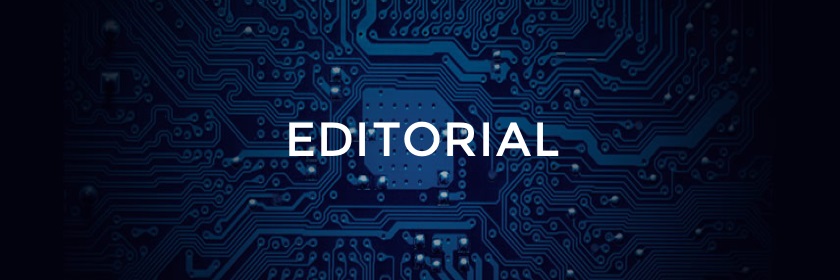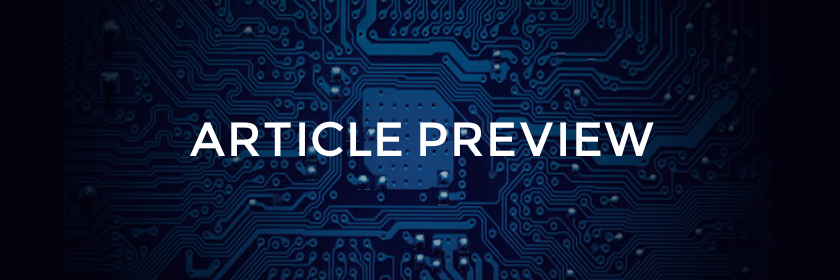Volume 15, Issue 2
Introduction to Special Issue
Our world is being transformed by ever more powerful and networked computing. This transformation in economic and social ties unfortunately comes with novel ways to undermine progress by exploiting the vulnerabilities in networks and systems. No government today can exercise power without acute sensitivity to the digital networks that underpin its communications, prosperity, and security. Societies and polities today seek new ways to defend themselves against those who would exploit this interconnectivity for malicious purposes. Militaries and national security establishments in particular are struggling to understand how to counter such threats. Among them, U.S. Cyber Command has engaged in an extended dialogue with thinkers pondering these questions, drawing upon experiences with interagency, international, academic, and private sector partners. We hope the articles that follow will stimulate discussions about the role of the military in cyberspace as well as the principles and concepts needed to guide strategy and operations. The integration of cyber operations and concepts into new ways of defending, fighting, and partnering will take decades and will have global consequences. These essays represent reflections by current and former practitioners and scholars who have spent time at, or who have worked with, U.S. Cyber Command. They are united in their quest to inform policy, strategy, and military operations in the cyberspace domain by questioning assumptions, reexamining fundamentals, and advancing the discourse on cyberspace.
Dr. Emily O. Goldman
Director
Combined Action Group
U.S. Cyber Command
Journal of Information Warfare
The definitive publication for the best and latest research and analysis on information warfare, information operations, and cyber crime. Available in traditional hard copy or online.
Quick Links
Archive




